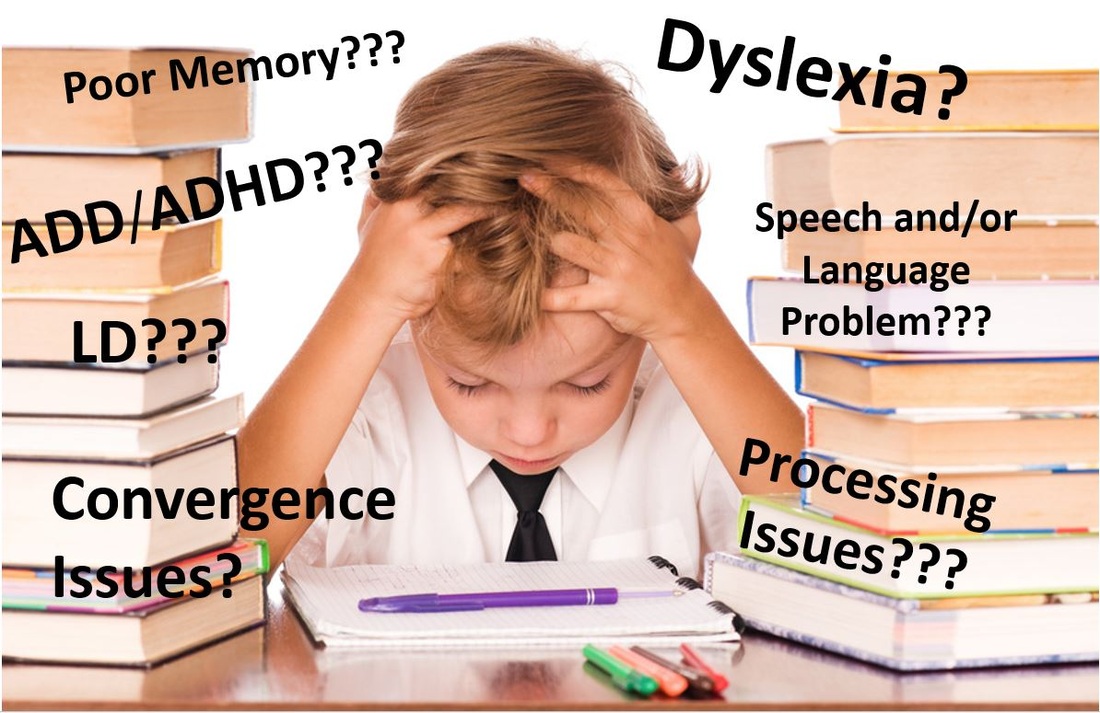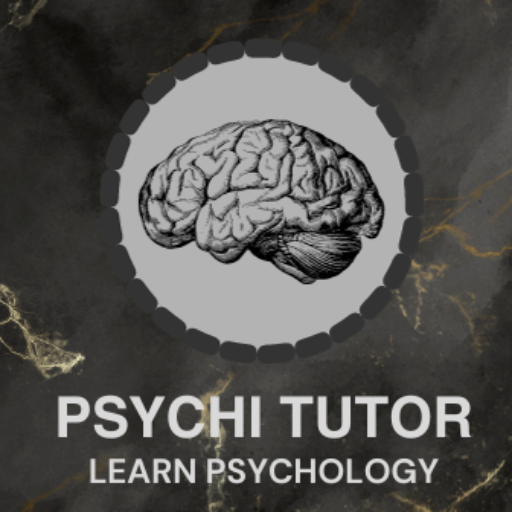Introduction
Learning disabilities are neurological disorders that affect the brain’s ability to process information efficiently. These conditions can interfere with a person’s ability to read, write, speak, spell, or perform mathematical calculations. It’s important to note that learning disabilities are not indicative of intelligence; individuals with learning disabilities often have average or above-average intelligence levels. In this article, we will explore the different types of learning disabilities, their impact on individuals, and strategies for overcoming these challenges.

Types of Learning Disabilities
- Dyslexia: Dyslexia is a common learning disability that affects a person’s ability to read, spell, and write. Individuals with dyslexia may have difficulty recognizing words, understanding phonetic sounds, and organizing written language.
- Dysgraphia: Dysgraphia: Dysgraphia influences someone’s ability to jot down coherently. Individuals with dysgraphia may struggle with handwriting, spelling, and organizing thoughts on paper.
- Dyscalculia: Dyscalculia is a learning disability related to mathematics. Individuals with dyscalculia may have difficulty understanding mathematical concepts, performing calculations, and solving mathematical problems.
- Attention-Deficit/Hyperactivity Disorder (ADHD): While not exclusively a learning disability, ADHD can significantly impact academic performance. Individuals with ADHD may struggle with focus, attention, and impulse control.
- Auditory and Visual Processing Disorders: These disorders affect how the brain interprets auditory and visual information. Difficulties may arise in understanding spoken language, recognizing visual symbols, or processing information presented through auditory or visual means.
Impact on Individuals
Learning disabilities can have a profound impact on various aspects of an individual’s life, particularly in the educational and professional realms. Academic challenges may lead to low self-esteem, frustration, and a reluctance to engage in learning activities. Social interactions can also be affected, as individuals with learning disabilities may experience difficulties in communication and understanding social cues.

Overcoming Learning Disabilities
- Early Intervention: Early identification and intervention are crucial for addressing learning disabilities. Assessments and evaluations can help identify specific challenges, allowing for targeted interventions tailored to individual needs.
- Specialized Instruction: Providing specialized instruction that caters to the unique learning styles and needs of individuals with learning disabilities can be highly beneficial. Techniques such as multisensory learning and personalized strategies can enhance comprehension and retention.
- Assistive Technologies: Leveraging assistive technologies, such as text-to-speech software, speech recognition software, and audiobooks, can help individuals with learning disabilities access information more easily.
- Individualized Education Plans (IEPs): IEPs are tailored plans designed to meet the unique educational needs of students with learning disabilities. Collaborative efforts between educators, parents, and specialists help create and implement effective IEPs.
- Building Self-Esteem: Fostering a positive self-image is crucial for individuals with learning disabilities. Encouragement, support, and recognition of strengths contribute to the development of self-esteem and resilience.
Conclusion
Learning disabilities present unique challenges, but with the right support and interventions, individuals can overcome these obstacles and achieve academic and personal success. Recognizing the diversity of learning styles and implementing inclusive educational practices is essential for creating an environment where everyone can thrive, regardless of their learning abilities. By raising awareness, promoting understanding, and providing targeted assistance, we can contribute to a more inclusive and supportive society for individuals with learning disabilities.

